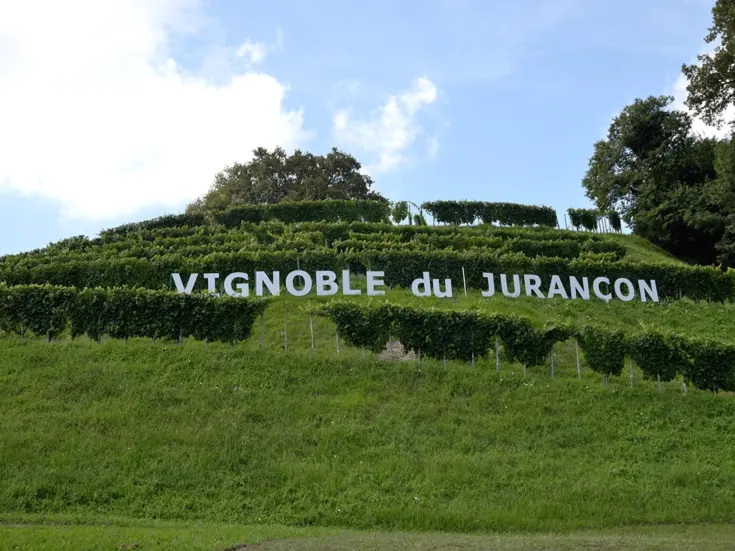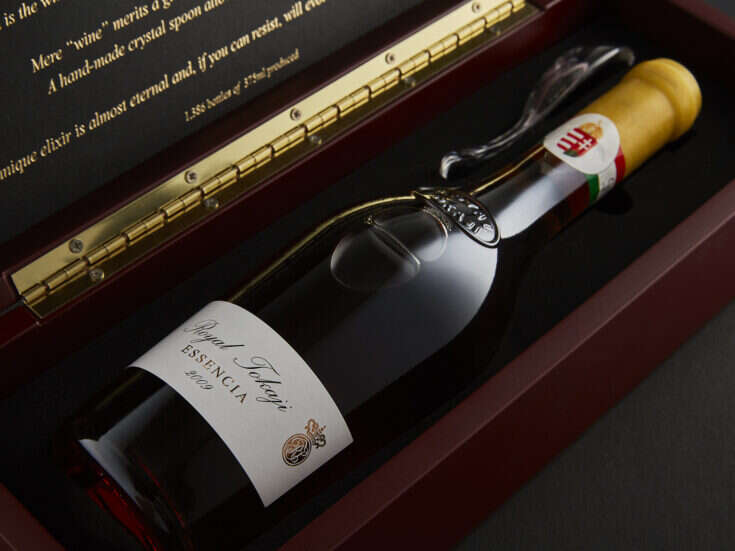
Given these circumstances (spelled out in WFW 43, p.54), there is the understandable temptation to stipulate as conditions of ageability not specific components but, instead, perceptual or aesthetic constructs. Wine might age not on its tannin, its acidity, its extract, or its alcohol but instead, it’s often suggested, on a balanced amalgam of these and other components. This asks “balance” to do heavy conceptual lifting. How will we recognize a wine’s elements as balanced in the requisite sense? By their display of youthful harmony? Such an answer flouts our experience of awkward wines that find their way with time. And if the requisite balance can’t be directly discerned but only posited, then on what grounds and subject to what tests save hindsight?
Matt Kramer argues for “mid-palate density” as an organoleptically discernible criterion for wines that will age well and suggests it’s “a creation of low yields and small berries” (“How to Really Taste Wine,” Wine Spectator, December 18, 2012). But even assuming intersubjective agreement were possible in recognizing mid-palate density, would it be attributed to such delicate Mosel Rieslings of 8% ABV, cropped at 60hl/ha, as later boast vibrant old age? Kramer thinks yes-at least by “experienced tasters” whose training will have conferred a “quite sensitively calibrated visceral sense of mid-palate density […] whether it’s Mosel, Muscadet, or Montrachet” (personal communication, August 3, 2010). That’s an alluring-and, for wine critics and enophiles alike, comforting-notion, if one that is tricky and time-consuming to test!
Components and constructs implicated in aging offer us little practical guidance. How realistically, then, could we expect them to support forecasts of longevity down to the year? Yet it’s widely expected of those deemed serious as wine critics that-armed with data from gross chemical analysis, organoleptic impressions, and experience of the wine type and producer in question-they will be able to stipulate “drink-by” dates or “windows of drinkability.” Given how inscrutable the link is between levels of individual chemical components and ageworthiness, and how nebulous and intersubjectively contentious constructs like “balance” or “mid-palate density” risk becoming, if critics are to stand much chance of accurate prognostication, then the evidentiary burden must be placed largely on experience, presumably with relevantly similar wines, preferably from the same grower.
That word “relevant” already raises red flags. Wouldn’t knowing which similarities are relevant for aging be the same as knowing which traits confer ageworthiness? Yet without some notion of relevance, where should we draw the line among innumerable common characteristics or classificatory categories, and why there? Let’s suppose, though, that one knew every component of a wine and every aspect of its upbringing from pruning to bottling that was relevant to ageworthiness. Why should we expect this to issue in a date of maturity for bottled instantiations? It would be as if someone had all the facts about your lifestyle and lineage relevant to longevity. A life-insurer could crunch and model that data to excellent effect. But were your agent or your physician to claim that, based on this information, you could expect to die in the year 2030, you would, with good reason, consider it a tasteless joke.
We thus find ourselves thrown back on the track record amassed by a wine’s producer-if a long-enough one exists to have experience of wines that matured, then definitively decayed. If grower g’s bottling named w from vintage v held well for a decade, isn’t it reasonable to predict that g’s w from similar vintage v+x will be similarly long-lived? That the same wine never grows twice and no two vintages are ever identical are the least among problems confronting such prediction. And let’s even suppose that we can stipulate all of those similarities between vintages relevant to ageworthiness. Our little formula has failed to reflect that far more than the weather might have changed between v and v+x. At very few estates is inertia so strong that, even in the late 20th century, viticulture, harvest, vinification, élevage, and bottling have remained little-changed for as long as the life span of most wines whose cellaring interests us. In addition to innovations, climate and its accumulated effects have arguably altered and vines inevitably aged (or been replaced-and, if so, with genetic continuity?).
Since being blindsided by premature oxidation of white Burgundy on a massive scale, growers, critics, and wine lovers should be highly skeptical of attempts to prognosticate based on gross chemical analysis, vintage character, or even track record. And anyone tempted to believe we know what factors are relevant to long aging, let alone how to ensure it, hasn’t been watching as prestigious Côte d’Or growers and enologists worldwide try to put Humpty Dumpty together again. What’s certain is that the wine will have the last word. Quite likely, it will make our forecasts look foolish.







